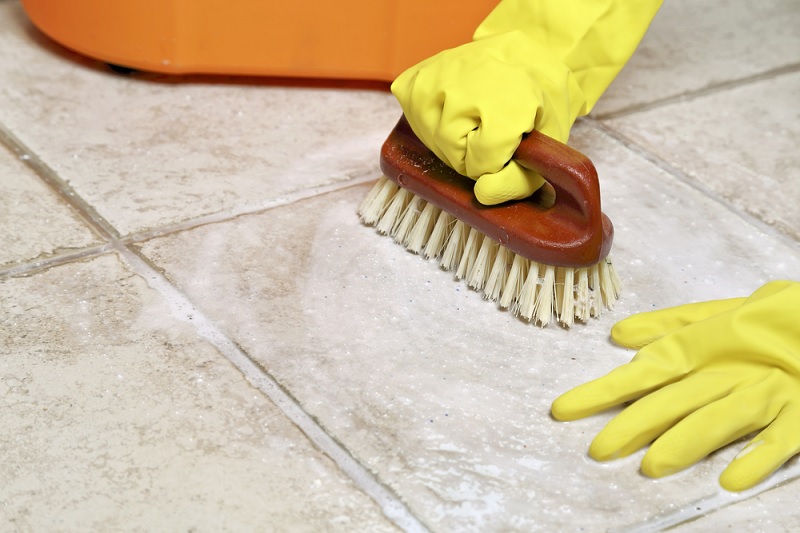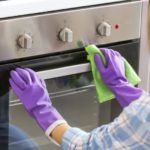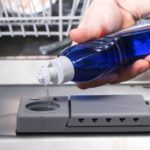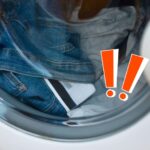From grand parlours to humble kitchens, maintaining the household in the 1800s was a laborious endeavour.
Victorian cleaning methods needed to be quick and effective to get the job done! But this was long before the convenience of commercial cleaning products and tools came along…
Victorians instead relied on ingenious methods to keep their homes sparkling clean. Their resourcefulness was remarkable, depending on products like vinegar, lemon juice, and bicarbonate of soda to cut through grease, remove stains, and scrub the floors.
Many of these traditional “old-school” cleaning methods still work today and are among the best cleaning hacks.
So, fasten your apron and join us as we explore twelve Victorian cleaning methods you can try with ingredients you likely already have in your home.
1. Bicarbonate of Soda as an Abrasive
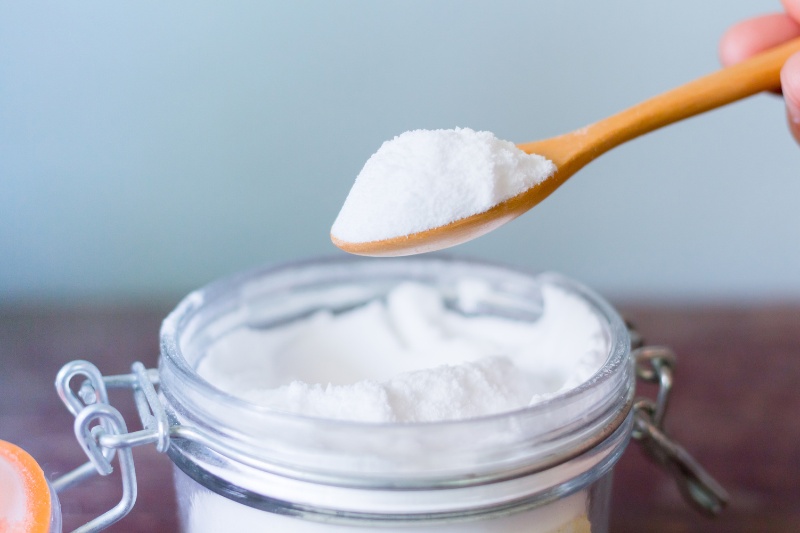
Bicarbonate of soda (also known as baking soda) was used by the Victorians as a natural abrasive.
It’s ideal for scrubbing a variety of hard surfaces, such as sinks, countertops, and stovetops.
It was typically combined with water to form a cleaning paste and applied directly to the surface using sponges, cloths, or brushes.
You can use bicarbonate of soda as an abrasive in the same way, helping you tackle various household chores.
See our guides on making a bicarbonate paste for cleaning and over twenty ways you can use bicarbonate of soda in your cleaning routine.
2. Bicarbonate Paste for Cleaning Metals
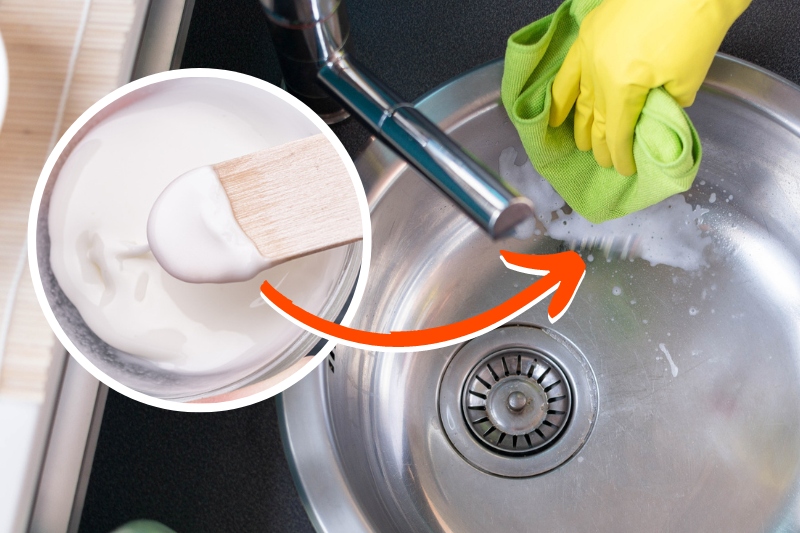
Scrubbing hard surfaces was not the only use for a bicarbonate and water cleaning paste in Victorian times. It was also used to polish tarnished silverware, such as asparagus servers, grape scissors, and more typical cutlery.
As bicarbonate of soda is only a gentle abrasive, it helps remove tarnishing without scratching the metal. You can use it today to clean jewellery and other silver items.
When lemon juice was used instead of water, Victorians used the paste for cleaning brass beds and accessories, which are typical of the era.
Brass has made a comeback in modern households, and this Victoria cleaning method is fantastic for polishing brass candlesticks and other accessories.
3. White Vinegar for Cleaning Windows
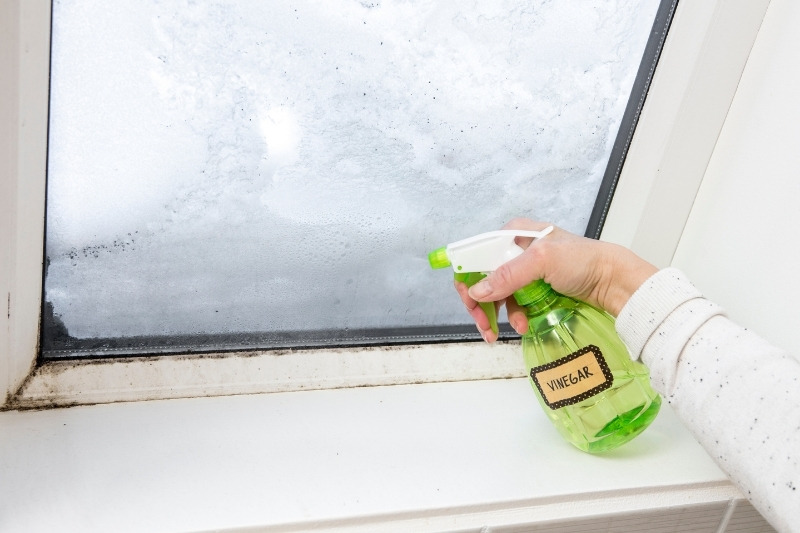
Cleaning windows with white vinegar was a common practice during the Victorian era. The acidic properties of the vinegar helped cut through dirt and grime, leaving windows clean and streak-free.
Back in the mid-1800s, Victorians would apply a 50/50 solution of vinegar and water to rolled-up newspaper and use this to buff the glass until it shone.
Although newspaper seems like an odd choice, we recommend sticking to this original Victorian cleaning method.
The crumpled texture of newspaper can help to remove residue and stubborn buildup. If you don’t have newspaper available, try switching the newspaper for a microfibre cloth or sponge.
4. Laundry Bluing for Brightening Whites
Victorians commonly used blue rinse for laundry purposes, particularly for whitening and brightening white fabrics and linens.
Also known as laundry bluing, blue rinse is a liquid laundry additive that contains a blue dye. When added to the final rinse water, it imparts a subtle blue tint to white fabrics, making them appear whiter and brighter.
Blue rinse is less commonly used today, but it is still available in the United Kingdom and used by homeowners that prefer a more traditional approach to laundry care.
5. Beeswax as a Wood Polish
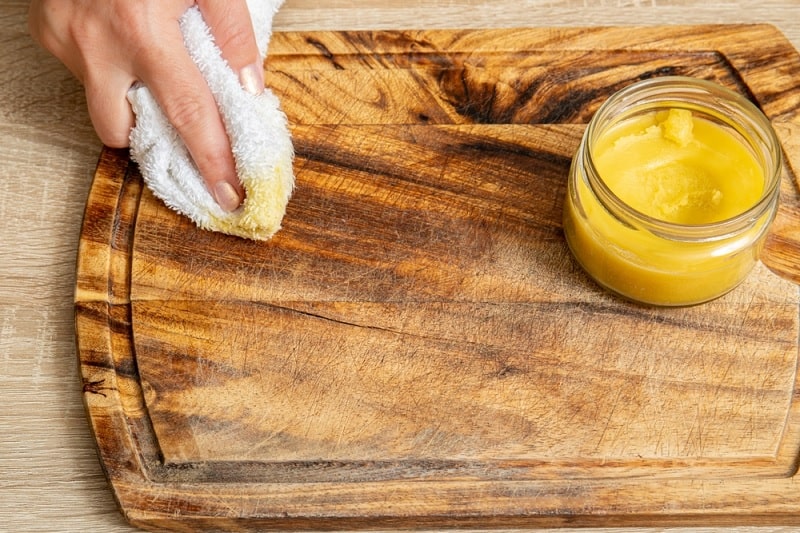
Victorians used beeswax as a natural cleaning and polishing agent for wooden floors and furniture.
Beeswax provided a protective layer that guarded against moisture and a beautiful sheen—it enhanced the appearance of furniture and offered a level of preservation.
They applied it to the surface, allowed it to sit for a few minutes, and buffed the wood with a cloth.
Beeswax can still be used for cleaning solid wooden floors and surfaces today. It is a natural and environmentally friendly option.
However, while beeswax is generally safe and non-toxic, individuals with allergies to bee products should exercise caution.
6. Lemon Juice for Stain & Odour Removal
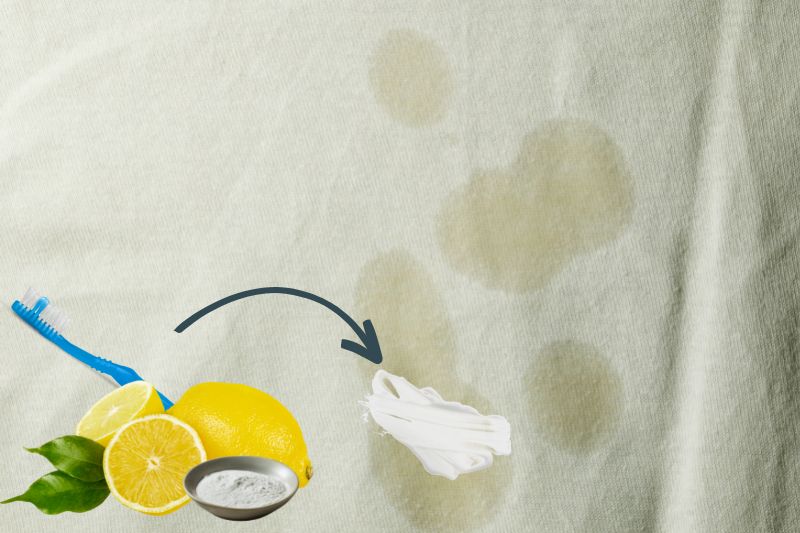
Lemon juice is acidic as it contains citric acid, and Victorians used it to dissolve stains on white clothes and linens.
The lemon juice was squirted directly on the stained area and left to sit for several minutes before laundering.
It was also sometimes added to the final rinse water to help freshen and remove odours from fabrics.
You can use lemon juice for stain removal today, but it is better on some stains than others. You can either put the lemon juice directly on the stain or use lemon juice in your washing machine—a luxury the Victorians didn’t have!
7. Ammonia for Various Cleaning Tasks
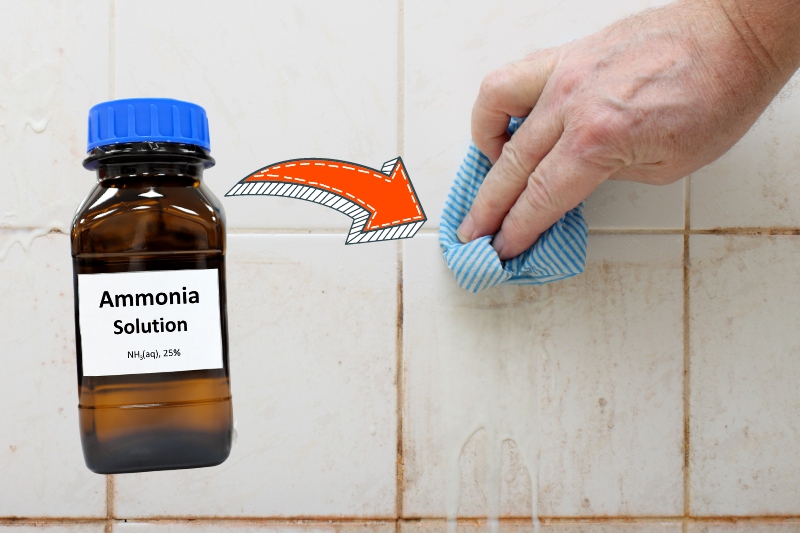
Victorians used ammonia, particularly in the form of ammonia solution (ammonium hydroxide), as a versatile and effective cleaning agent due to its ability to cut through grease, remove stains, and disinfect surfaces. It was used in the bathroom, kitchen, carpet, and throughout the house.
You can use this Victorian cleaning method for as many household chores today, including these ten uses of ammonia.
However, it’s essential to consider safety precautions before using this product. It’s pretty strong stuff and can irritate your skin and eyes.
Always work in a well-ventilated area, wear gloves while cleaning, and never mix ammonia with bleach.
8. Olive Oil for Conditioning Leather
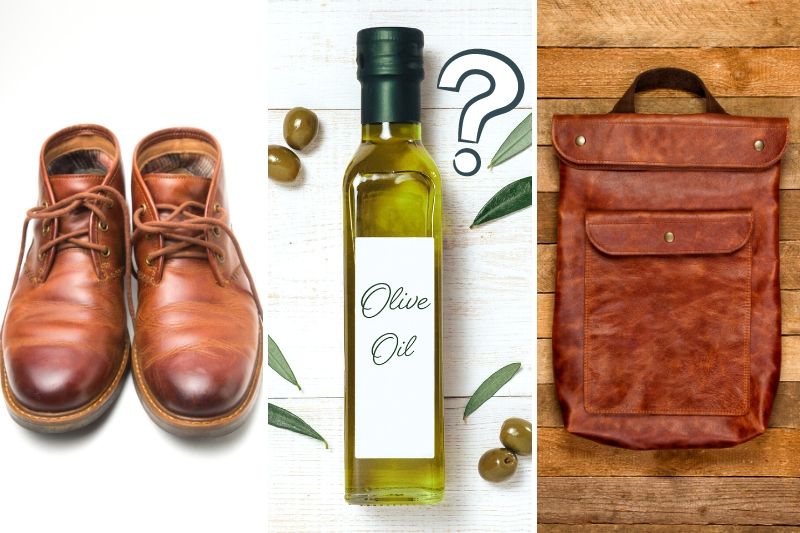
Most Victorians only had access to animal fats or lard. However, in wealthier Victorian households (especially those with connections to trade routes or regions where olive oil was produced), olive oil was available and might have been used for cleaning.
It was most likely used to condition and preserve leather items, like bags, belts, and shoes.
Olive oil remains a good option for leather today and is much more widely available than in the 1800s. Alternatively, there is a range of commercial leather conditioners on the market, or you can use other oils – such as almond oil or lanolin – to keep your leather supple and soft.
9. Beating Rugs and Carpets
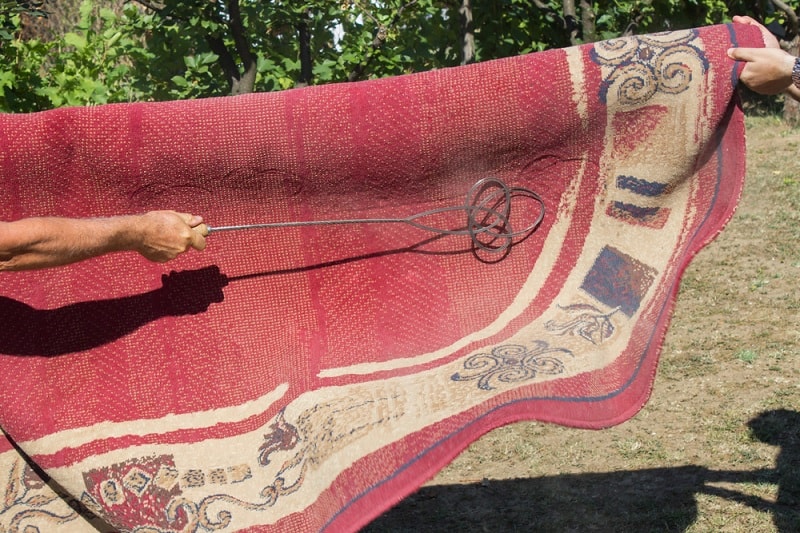
Vacuum cleaners as we know them today were not available during the Victorian era. The Victorian era spanned from 1837 to 1901, and mechanical vacuum cleaners did not become a common household appliance until the early 20th century. During the Victorian period, carpet cleaning methods instead involved beating rugs outdoors.
Although much more labour-intensive than plugging in the vacuum, beating rugs can be an effective method for removing dust, dirt, and debris. This especially holds true for carpets that are difficult to vacuum or too delicate for machine cleaning.
10. Bon Ami Cleanser
Bon Ami Cleanser is a cleaning product that has been around since the Victorian era—specifically, since 1886. It was developed as a gentle cleaning product that could be used on various surfaces without causing damage.
Its non-abrasive formula was a departure from some harsher cleaning products of the time, and it aimed to provide a safer and more eco-friendly option for cleaning.
You can find Bon Ami Cleanser at various retail locations worldwide, but limited stores are selling this product in the UK.
If you want to purchase Bon Ami Cleanser in the UK, check online retailers such as Amazon, specialty stores, or eco-friendly and natural products stores.
11. Soap & Water for Scrubbing Floors
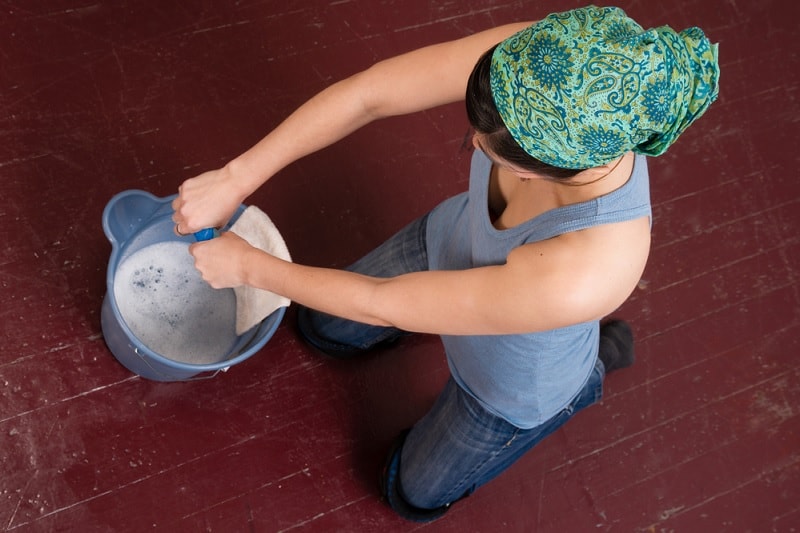
Elbow grease was used to scrub surfaces like floors and walls in the Victorian period, often with a mixture of soap and water.
Back then, soaps were mainly made from animal fats. But today, you can use regular washing-up liquid to create soapy water for mopping. It’s particularly effective for cleaning tiled floors made from ceramic, vinyl, porcelain, or linoleum.
Fortunately, you don’t have to get on your hands and knees to vigorously scrub floors with a scrubbing brush like the Victorians did.
Check out the best mop and bucket sets for convenient tools to help you make your floors sparkling clean while standing on your feet.
12. Salt & Vinegar for Cleaning Copper
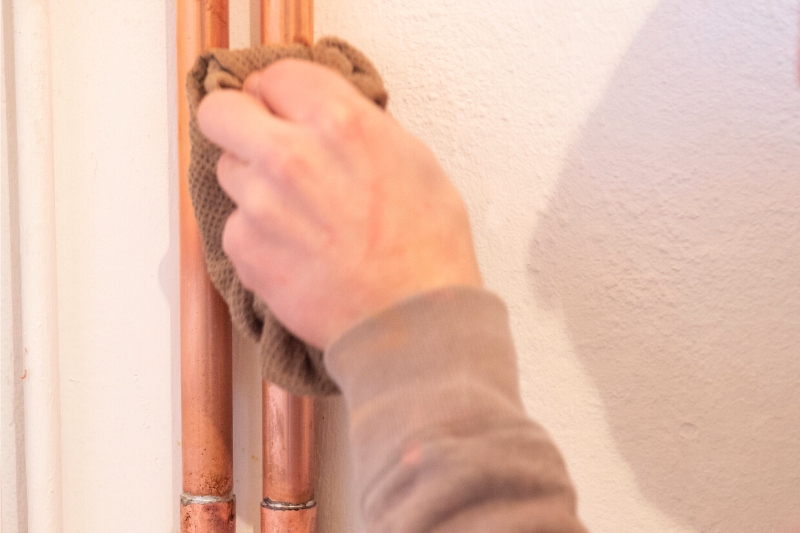
Victorians used a paste made from salt and vinegar to clean and polish copper items. This combination effectively removed tarnish, oxidation, and other stains from copper surfaces.
The salt acted as a mild abrasive to remove grime, while the acidity of the vinegar reacted with the oxidation on the surface to restore its shine.
You can use salt and vinegar to care for copper fixtures, fixing, and accessories today. In fact, the traditional salt and vinegar method remains a natural and cost-effective option for cleaning and maintaining copper items. Create your paste, rub it on the surface, allow it to sit, then rinse and buff.
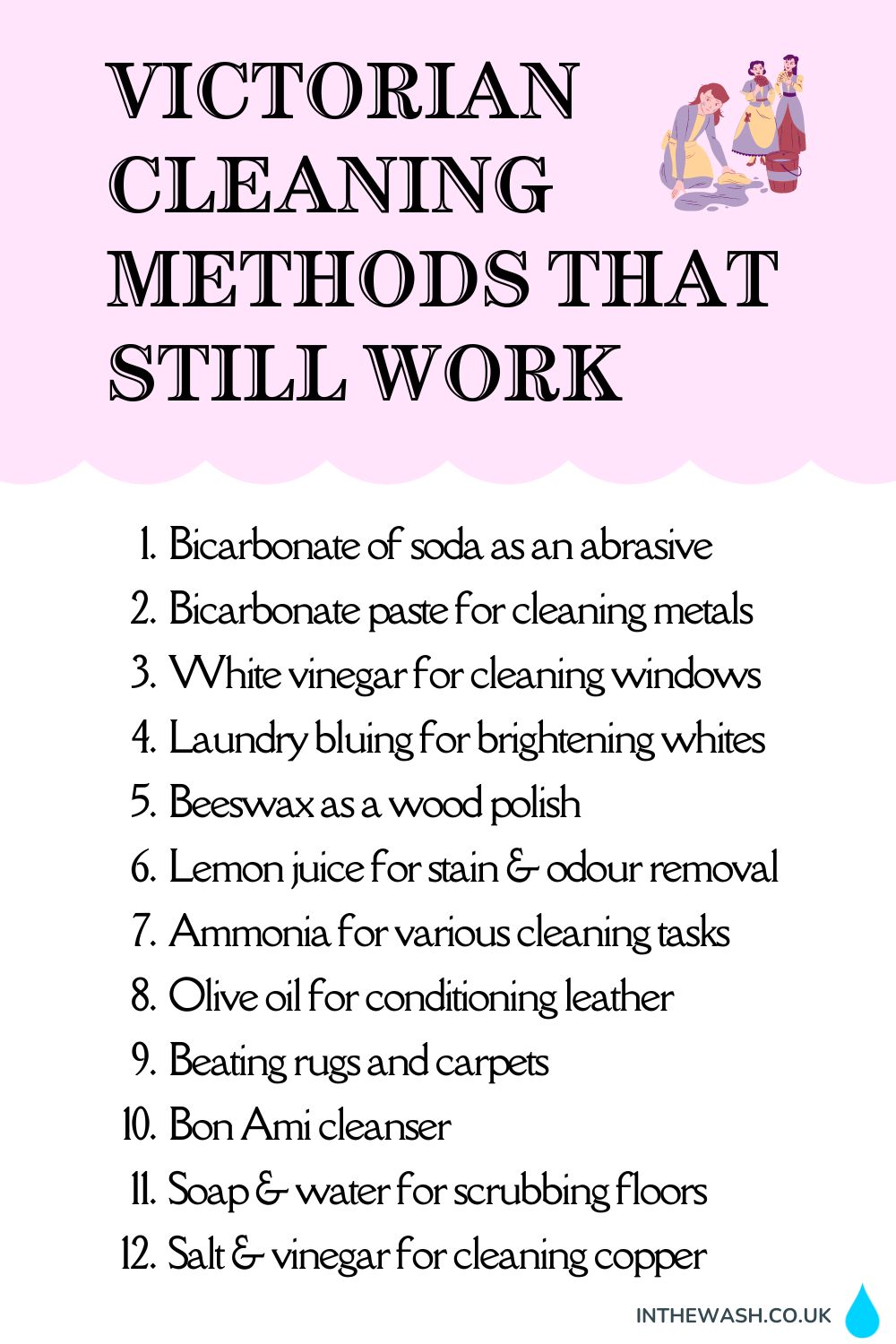

Hannah has a passion for cleaning. She worked her way around Australia by cleaning hostels in exchange for free accommodation and used her cleaning skills to bag a job as a chalet host for a luxury ski company in France.
